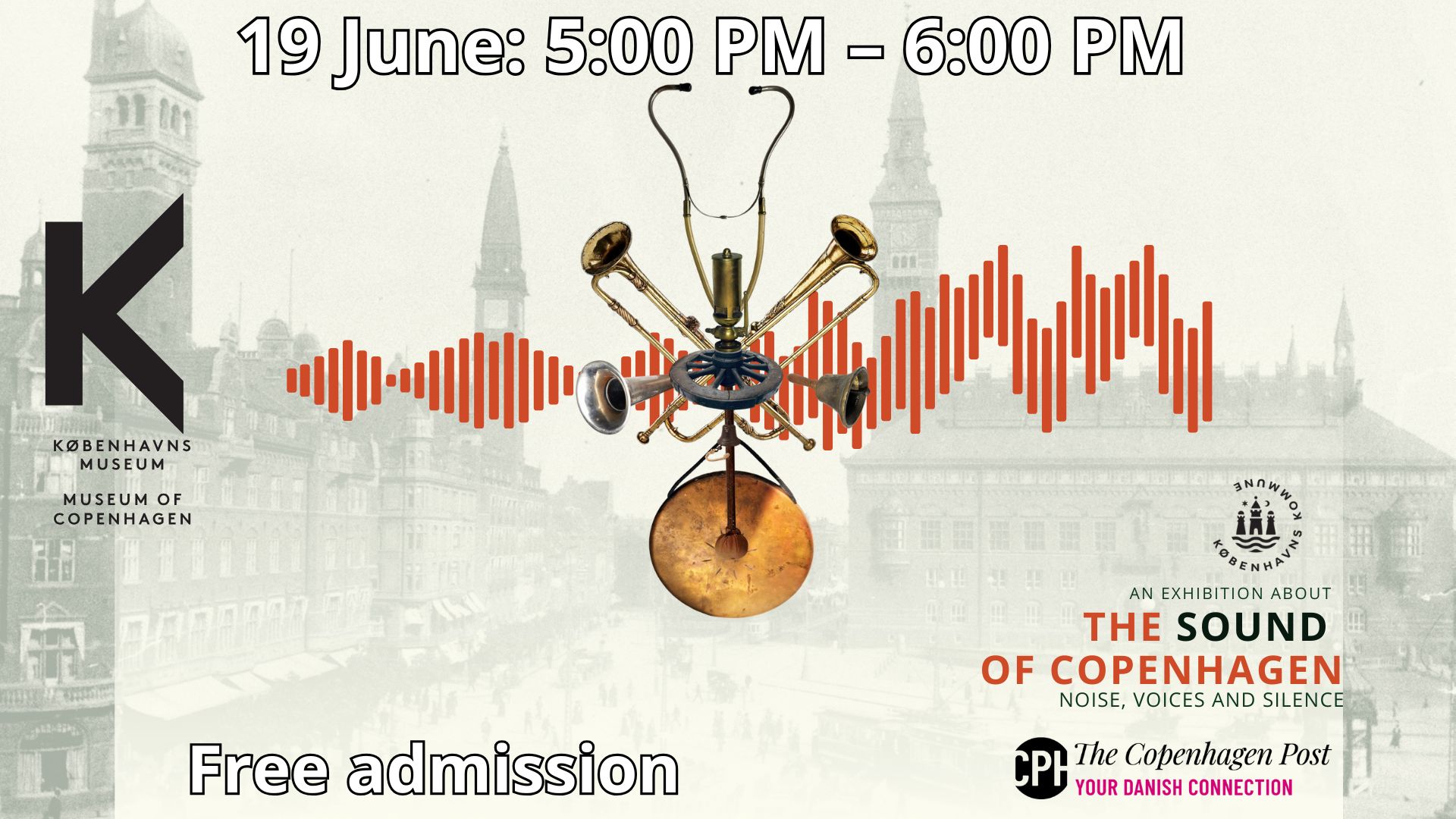Danish researchers are busily cutting into a 300-year-old human stool found in Aalborg to gain new knowledge of the eating habits of the well-to-do in northern Jutland three centuries ago.
The lump of faeces was found in a ‘latrine box’ during excavations carried out in the 1930s when many buildings were raised in the centre of Aalborg. The box was found buried in the garden of what would have been the residence of the town bishop, according to Kristeligt Dagblad.
The sample may have come from the bishop himself and has accordingly been dubbed the ‘Bishop’s Lump’.
Eating well
Researchers from Moesgaard Museum, the Historical Museum of Northern Jutland and Aarhus University have analysed the pile and reached some surprising conclusions regarding diet and international trade 300 years ago.
Jakob Ørnbjerg, a historian at the University of Aarhus, told P4 Nordjylland that the stool comes from a wealthy person.
“He has, for example, eaten whole peppercorns, figs and grape seeds,” said Ørnbjerg. “These are not spices or fruits indigenous to northern Jutland.”
Peppercorns, for example, come from India, and researchers were surprised that the trade in spices and food was so extensive over 300 years ago.
READ MORE: Petrified poo designated national treasure
“We do not have many written reports from that time on people’s eating habits,” said Ørnbjerg.
“It is rare that we have the opportunity to show who ate what. It’s pretty special.”














